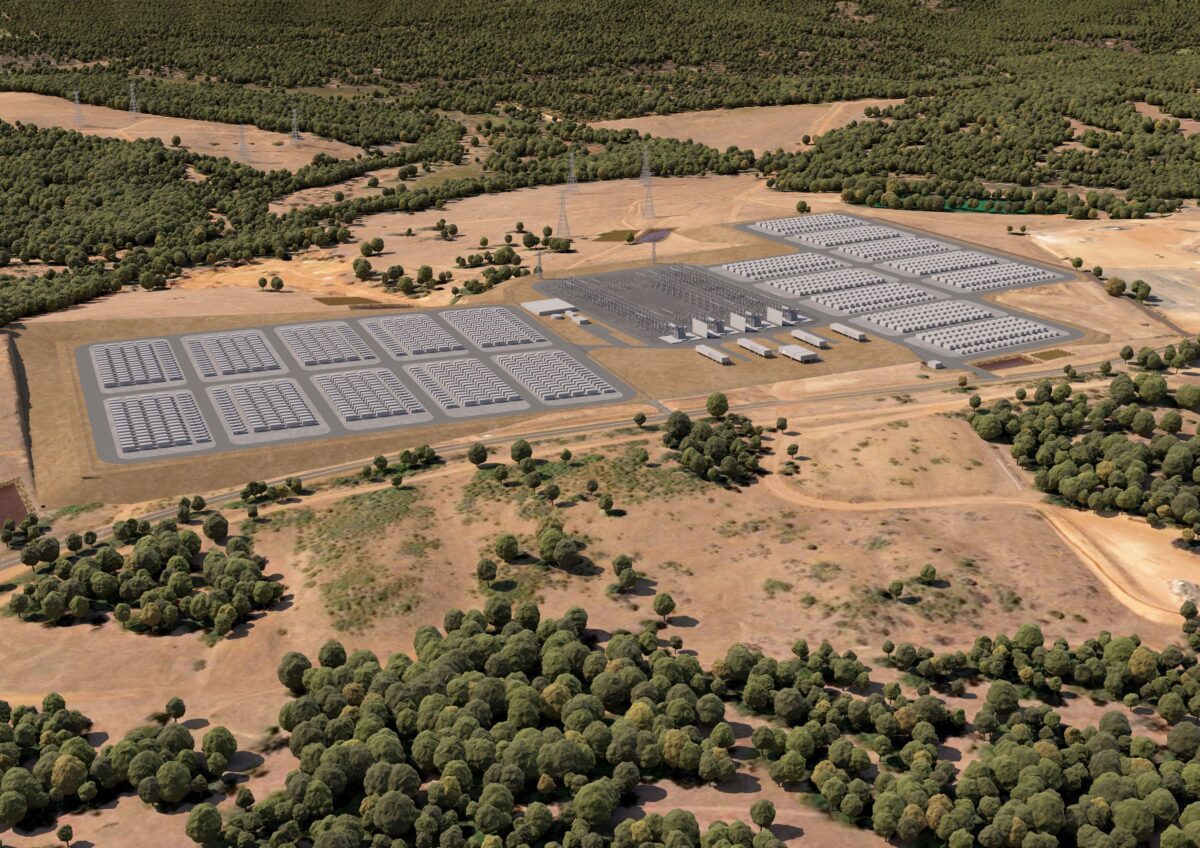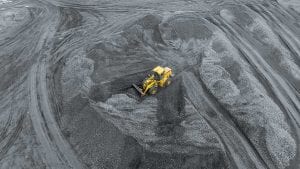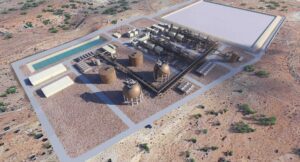The Western Australia state government and its state owned utility have all but written off pumped hydro as a valid option to support its transition to a renewable energy grid, and will look to other long term storage options instead.
The state government had expressed enthusiasm for pumped hydro last year as part of a suite of technologies and projects that could replace coal-fired generators, which are centred around the town of Collie and are due to close by the end of the decade.
However, Synergy, the state owned utility, has delivered an in-depth report to the government that reportedly suggests that five locations in the south-west of the state had been investigated, but found that there were too many obstacles and the projects were simply not viable.
A spokesman for energy minister Bill Johnston confirmed that the government had received a report from Synergy and that its findings are now under consideration.
“The study confirmed that pumped hydro on the South West Interconnected System would face multiple challenges,” the spokesperson said.
The ABC reported that Synergy CEO David Fyfe cited a number of issues with pumped hydro at a forum hosted by the ABC this week.
“The approval process for them would be a long process because of the environmental impacts … you’re building dams, you’re cutting down state forests,” Fyfe was quoted as saying.
“It displaces local populations potentially as well. So it’s a difficult project. It’s not a no, but we’re still evaluating.”
The ABC quoted a Synergy spokesperson as saying that other emerging technologies were being investigated.
It’s an interesting problem for Western Australia and its main grid in the south-west, which is not connected to other systems and is the biggest standalone grid in the world, yet has major ambitions to build up to 50GW of wind and solar to support industry looking for green power over coming decades.
W.A. has been slow to build any form of storage but is rushing out a slew of major battery storage projects, recently opening its first big battery – 100MW and 200MWh – at Kwinana, and starting construction on a 200MW, four hour battery at the same site, and a 500MW, four hour (2,000 MWh) battery at Collie.
French renewable energy developer Neoen is also building a 219 MW, four hour (867 MWh) battery near Collie, and Alinta is building a 100MW, 200 MWh battery near the Wagerup alumina refinery. Other big battery projects are also expected to be developed, with Synergy flagging another 2,000 MWh battery in the south-west.
Pumped hydro has proved problematic across Australia. The flagship project, Snowy 2.0, has risen six-fold from its original costs (now $12 billion plus transmission), and has been significantly delayed, and the Queensland government is believed to be having second thoughts about its planned $14 billion Borumba project.
The only successful project has been the Kidston pumped hydro project in north Queensland, where Genex Power is using an old open pit gold mine to build a 250MW, eight hour pumped hydro project that appears to still be on time and, more or less, on budget.
Once completed, it will be the first pumped hydro project built in Australia in 40 years.
South Australia, which leads the world in the uptake of wind and solar (71.5 per cent over the last 12 months) had been looking at half a dozen pumped hydro project options, but most have been withdrawn and none have reached financial close, despite the offer of funding from the federal and state governments.
The NSW government has also been trying to attract pumped hydro as it too seeks to replace coal, and at least half a dozen projects have been proposed by some serious players. So far they have struggled to compete in the various tenders launched by the state government, with only one small eight hour battery successful.
Other long term storage options being pursued are compressed air storage in the NSW town of Broken Hill, iron-flow batteries at Stanwell in Queensland, solar thermal storage in Mildura, and likely at the recently shuttered Liddell coal plant, and another solar storage solution near Port Augusta.
The future of Collie is a particularly sensitive issue for the state government, and apart from the $1 billion of contracts to deliver the new state owned big batteries, it has committed $550 million to the region through its Just Transition Plan.








